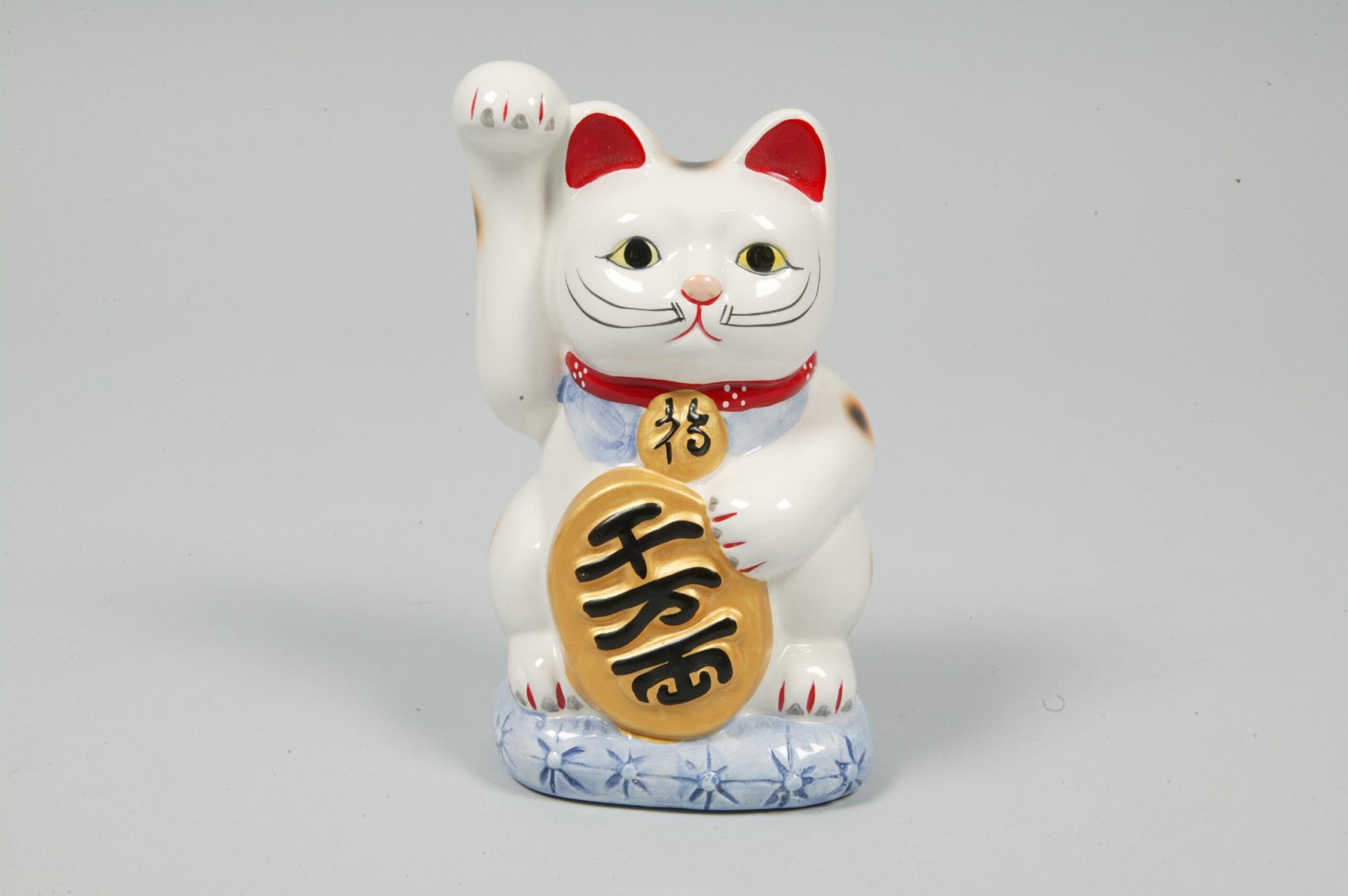Cats have captured the imagination of humans for centuries, weaving themselves into the fabric of countless myths, legends, and superstitions. These tales often highlight the mystifying nature of our feline friends, leaving us both enchanted and sometimes bewildered. There is no doubt you have heard some of those myths and stories too, but won’t you like to hear more? After all, the myths vary depending on the culture. Let us explore some of the most intriguing urban legends and folklore surrounding cats, shedding light on the cultural perceptions that have shaped our understanding of these enigmatic creatures.
The Mysterious Black Cat
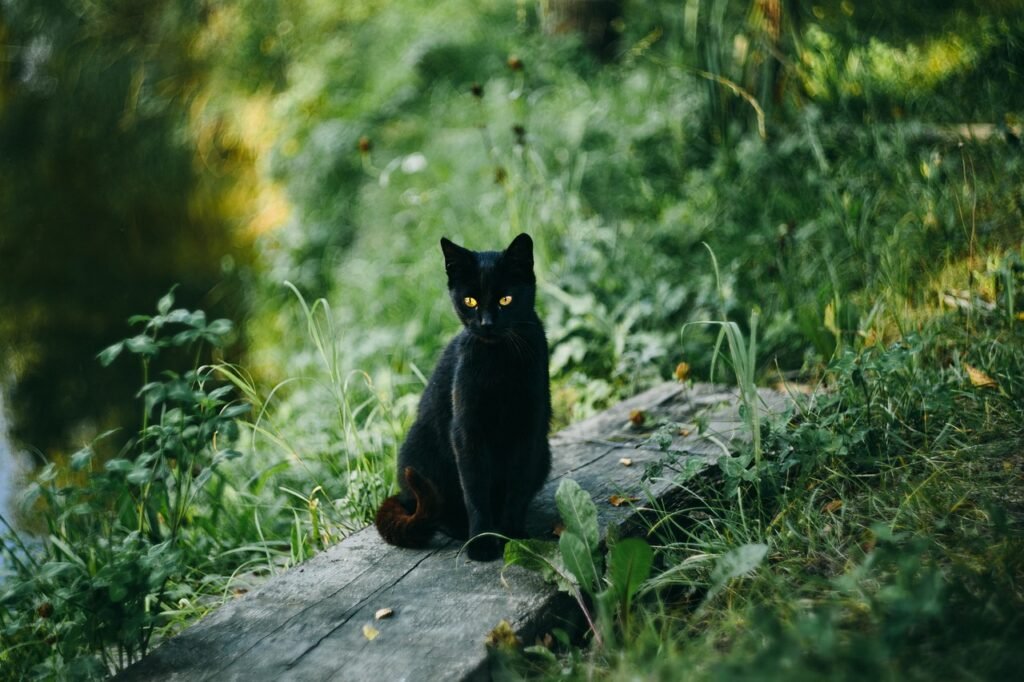
Black cats have long been associated with superstition and mystery. In many cultures, they are considered omens of bad luck or even harbingers of doom. This belief dates back to the Middle Ages when black cats were linked to witches and their supposed dark magic. People believed that witches could transform into black cats, using their feline form to sneak around unnoticed. Conversely, in other cultures, black cats are seen as symbols of good luck. In Japan, for instance, a black cat crossing your path is thought to bring fortune and prosperity. These contrasting beliefs highlight the dual nature of black cats in folklore, embodying both fear and fascination.
Cats and Nine Lives
The saying that cats have nine lives is a well-known adage that speaks to the perceived resilience and agility of these animals. This myth likely originated from the observation of a cat’s ability to land on its feet after a fall. Their flexible spine and unique skeletal structure allow them to twist mid-air, minimizing injury. In ancient Egypt, cats were revered and associated with the goddess Bastet, who was said to have multiple lives. This belief in their supernatural endurance has persisted, symbolizing their almost mystical ability to survive seemingly impossible situations.
Feline Guardians of the Underworld
In various mythologies, cats are often seen as protectors or guides to the afterlife. In Norse mythology, the goddess Freyja, associated with love and fertility, rode a chariot pulled by two large cats. These feline companions were believed to help guide souls to the afterlife. Similarly, in ancient Egyptian culture, cats were considered sacred and were believed to guard the realm of the dead. The connection between cats and the afterlife underscores their spiritual significance and the belief that they possess an innate connection to the mystical.
The Enigmatic Cheshire Cat
The Cheshire Cat from Lewis Carroll’s “Alice’s Adventures in Wonderland” is an iconic figure that has become synonymous with mystery and whimsy. Known for its mischievous grin and ability to disappear, the Cheshire Cat embodies the unpredictable nature of cats. This character has inspired various interpretations and adaptations, symbolizing the enigmatic and sometimes elusive qualities that cats possess. The Cheshire Cat’s ability to vanish and reappear at will mirrors the way cats often seem to move between worlds, reinforcing their association with the supernatural.
Witches’ Familiars
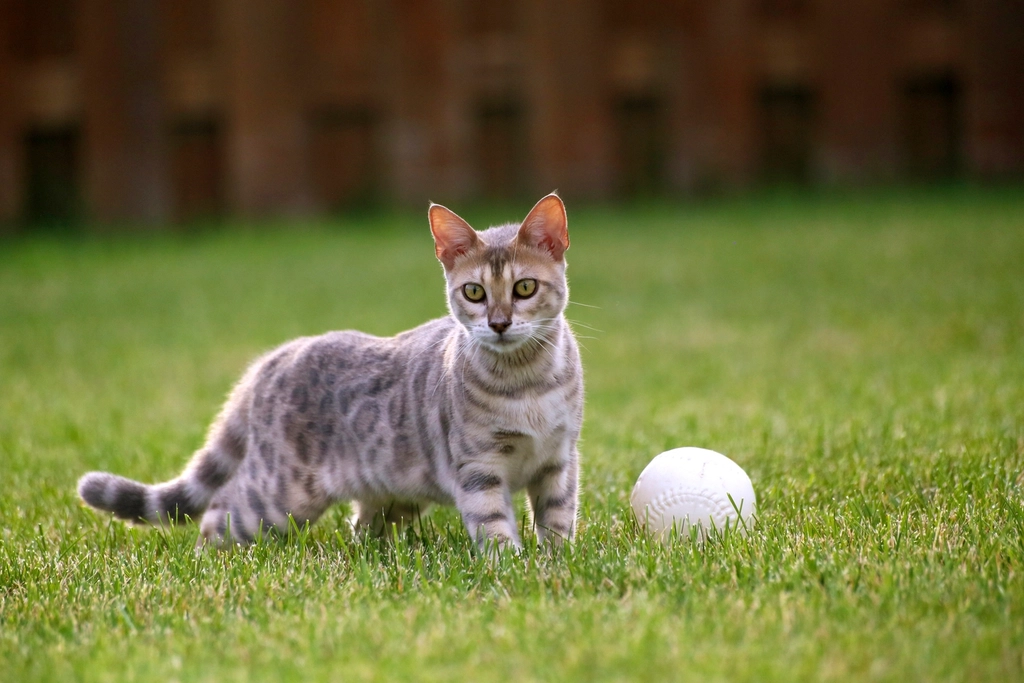
Cats have often been depicted as the familiars of witches in folklore, serving as magical companions and aids in spellcasting. This idea is rooted in the belief that cats possess an innate connection to the spirit world, making them ideal partners for those practicing magic. During the witch hunts of the 16th and 17th centuries, cats were often killed alongside accused witches, as they were believed to be instruments of the devil. Despite this dark association, the image of a witch with her cat familiar endures, symbolizing the deep bond between humans and their feline companions.
Lucky Cats: The Maneki-neko

The Maneki-neko, or “beckoning cat,” is a popular symbol of good fortune in Japanese culture. These cat figurines, often depicted with a raised paw, are believed to bring luck and prosperity to their owners. The origins of the Maneki-neko can be traced back to the Edo period, where stories tell of a cat that saved a samurai by beckoning him to safety. Today, these charming figures are found in homes and businesses worldwide, serving as a reminder of the positive influence that cats can have on our lives.
Superstitions About Cats and Weather
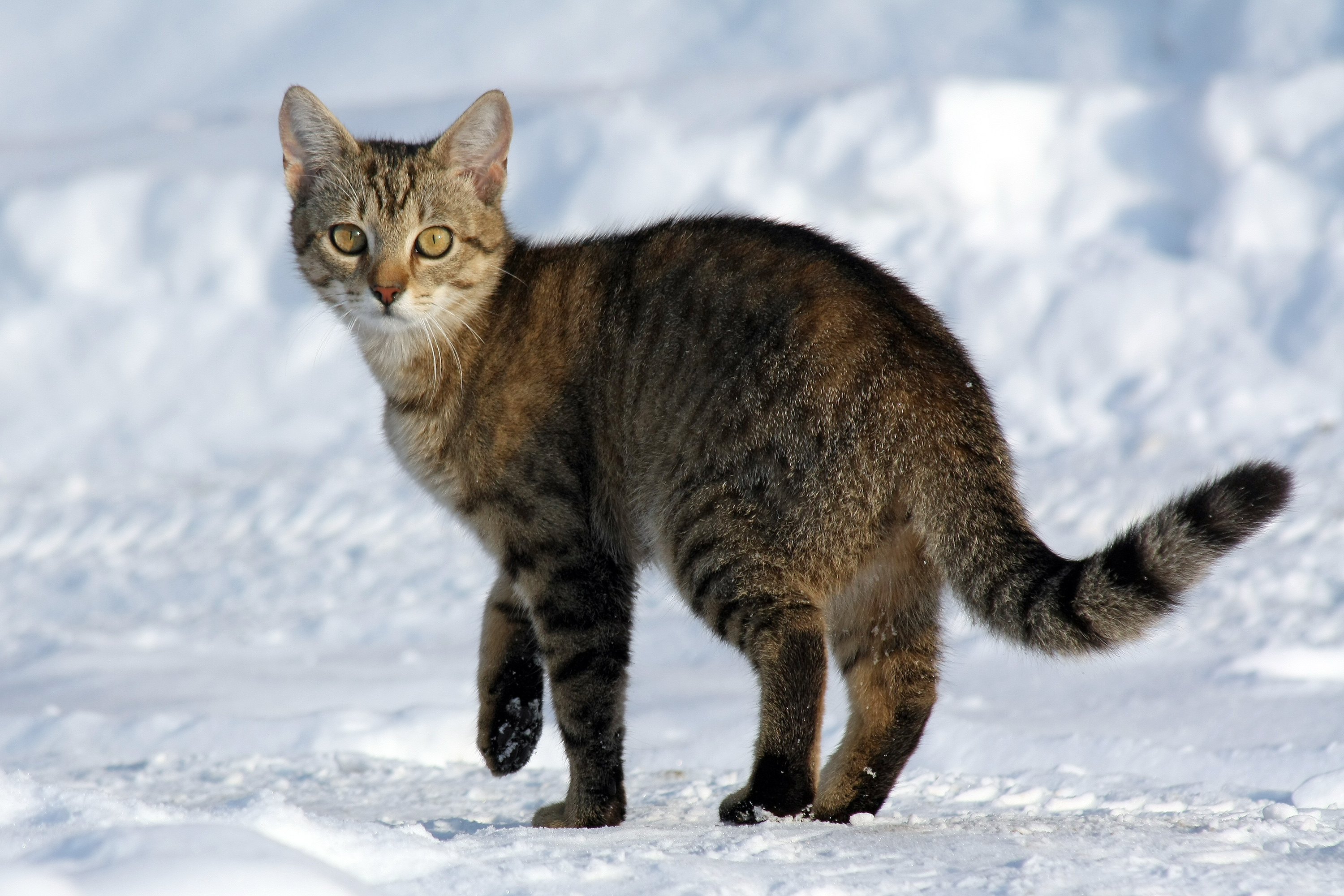
Throughout history, cats have been associated with weather-related superstitions. In some cultures, it is believed that a cat washing behind its ears is a sign of rain. This belief may have originated from the observation of cats grooming themselves more frequently when the air is humid. Similarly, sailors in the past believed that having a cat on board would protect them from storms and ensure a safe journey. These weather-related superstitions reflect the idea that cats possess an uncanny ability to predict and influence natural events.
Cats as Symbols of Independence
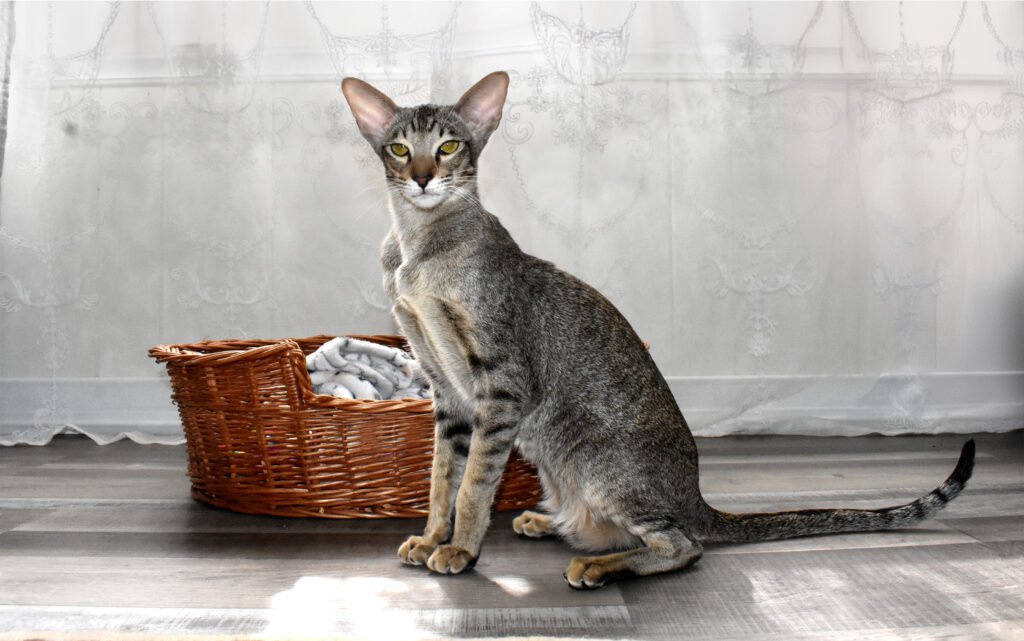
Cats are often seen as symbols of independence and self-sufficiency, embodying qualities that many admire. This perception is rooted in their solitary nature and ability to thrive without constant human intervention. In ancient Rome, cats were associated with the goddess Diana, who represented independence and strength. The image of a cat as a solitary yet powerful creature resonates with people, reinforcing the idea that cats can teach us valuable lessons about self-reliance and resilience.
The Cat Sìth of Celtic Legend
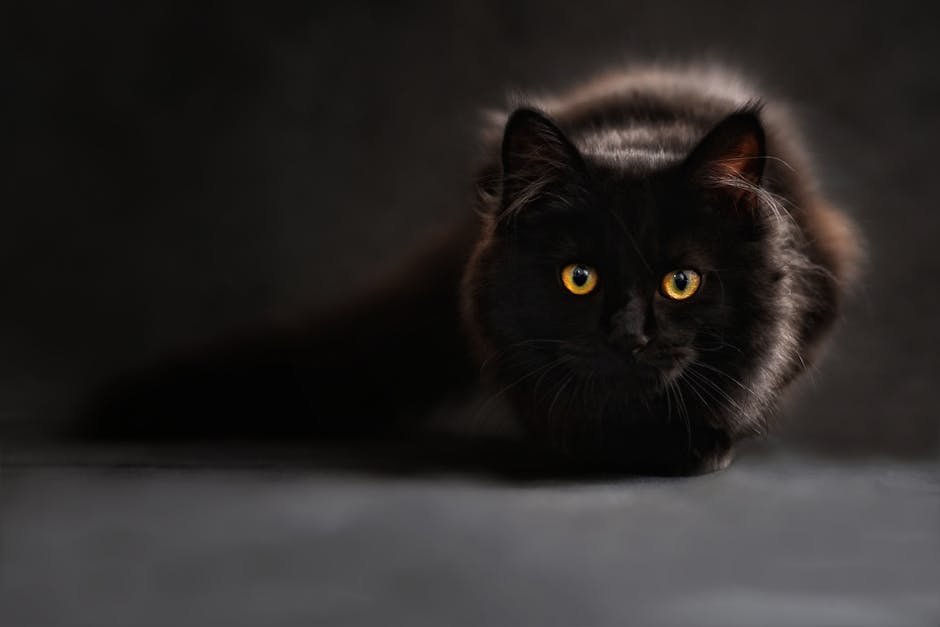
In Celtic folklore, the Cat Sìth is a spectral cat said to haunt the Scottish Highlands. This mythical creature is often described as a large black cat with a white spot on its chest. According to legend, the Cat Sìth could steal a person’s soul before it was claimed by the gods, leading to various rituals to ward off this ghostly feline. The Cat Sìth embodies the mystical and otherworldly qualities attributed to cats in Celtic mythology, serving as a reminder of their enduring presence in the realm of the supernatural.
Conclusion
Cats have long been entwined with human culture, their mysterious nature inspiring a wealth of myths, legends, and superstitions. From their association with witches and the supernatural to their role as symbols of luck and independence, these tales reveal the deep fascination and reverence we hold for our feline companions. The ancient cat myths never fail to wonder us! They also give us a glimpse of the long years humans and cats have lived together with each other. As we continue to share our lives with cats, these stories serve as a testament to the enduring bond between humans and these enigmatic creatures.

